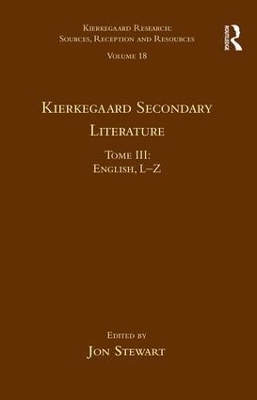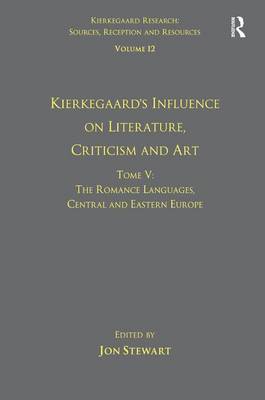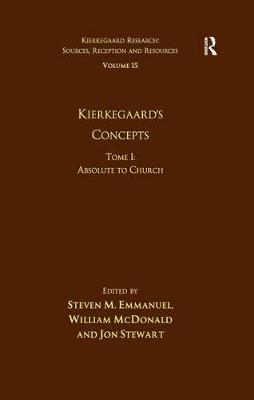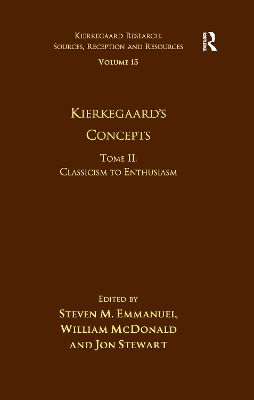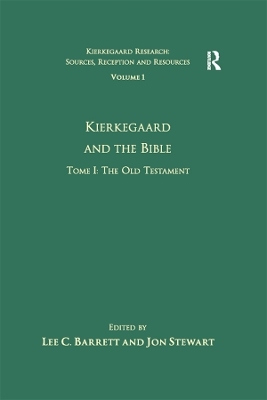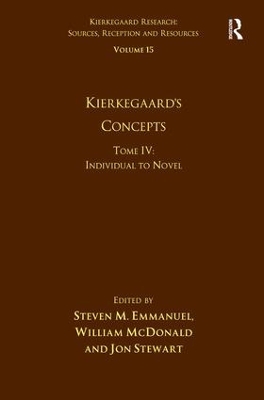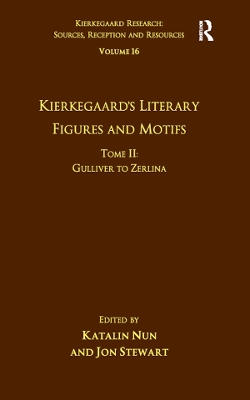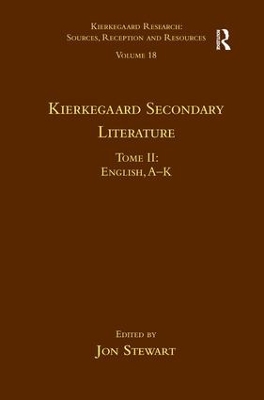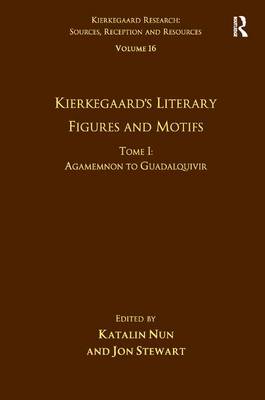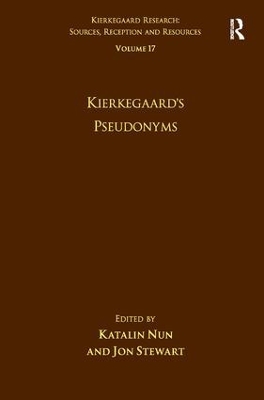Kierkegaard Research: Sources, Reception and Resources
15 total works
Volume 15, Tome VI: Kierkegaard's Concepts
by Steven M. Emmanuel, William McDonald, and Dr. Jon Stewart
Volume 15, Tome III: Kierkegaard's Concepts
by Steven M. Emmanuel and William McDonald
Volume 12, Tome V: Kierkegaard's Influence on Literature, Criticism and Art
by Dr. Jon Stewart
Volume 15, Tome I: Kierkegaard's Concepts
by Steven M. Emmanuel and William McDonald
Volume 15, Tome II: Kierkegaard's Concepts
by Steven M. Emmanuel and William McDonald
Volume 1, Tome I: Kierkegaard and the Bible - The Old Testament
by Dr. Jon Stewart
Volume 15, Tome IV: Kierkegaard's Concepts
by Steven M. Emmanuel, William McDonald, and Dr. Jon Stewart
Volume 16, Tome II: Kierkegaard's Literary Figures and Motifs
by Ms. Katalin Nun and Dr. Jon Stewart
Volume 12, Tome II: Kierkegaard's Influence on Literature, Criticism and Art
by Dr. Jon Stewart
Volume 16, Tome I: Kierkegaard's Literary Figures and Motifs
by Ms. Katalin Nun and Dr. Jon Stewart

